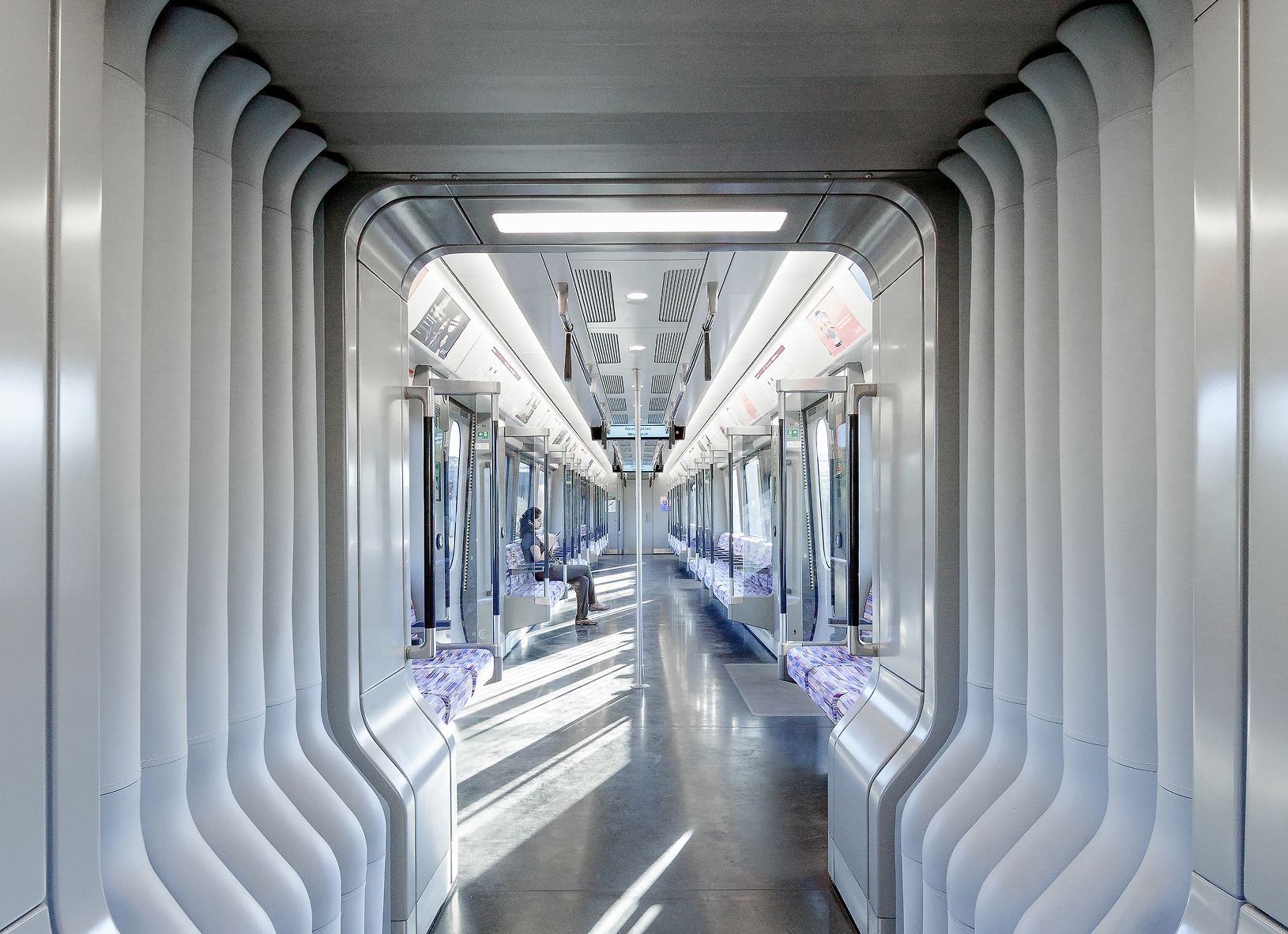

Where Next? Conversations with Map Project Office
A podcast series created in collaboration with Disegno, exploring the future of design through thoughtful and provocative discussions with leading voices in design, technology, and sustainability.
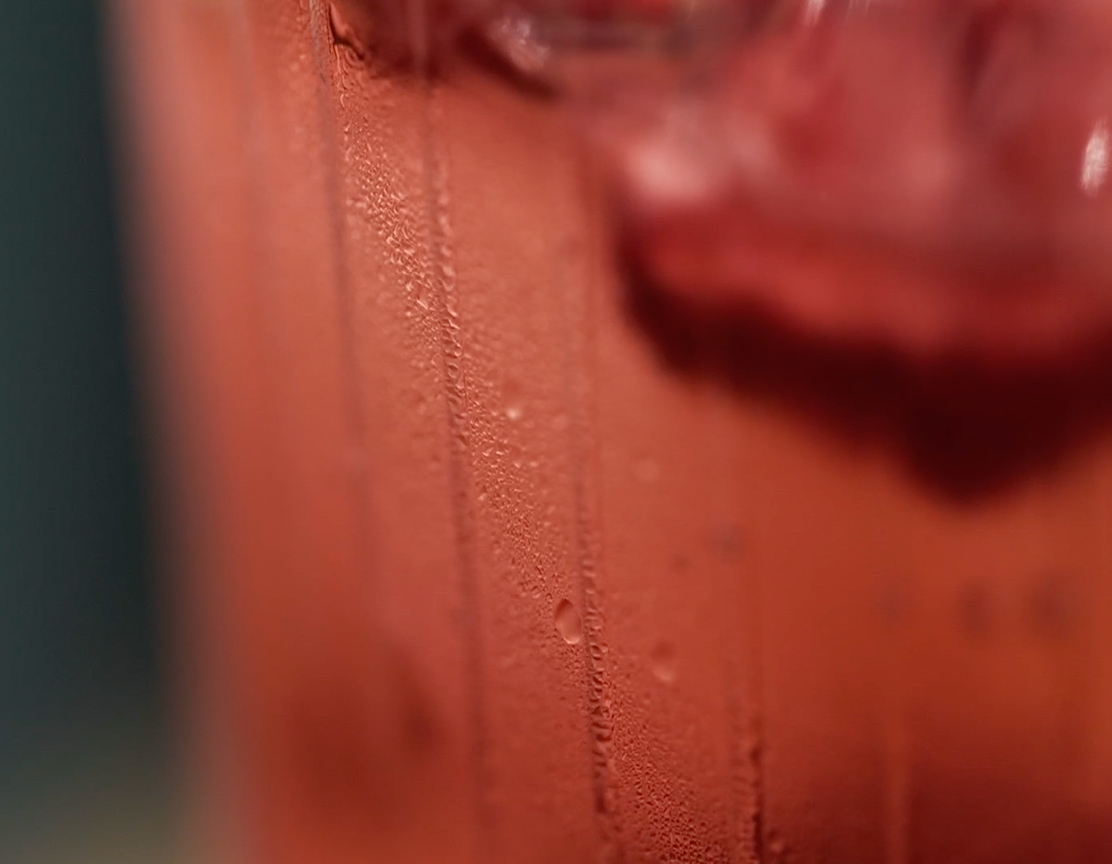
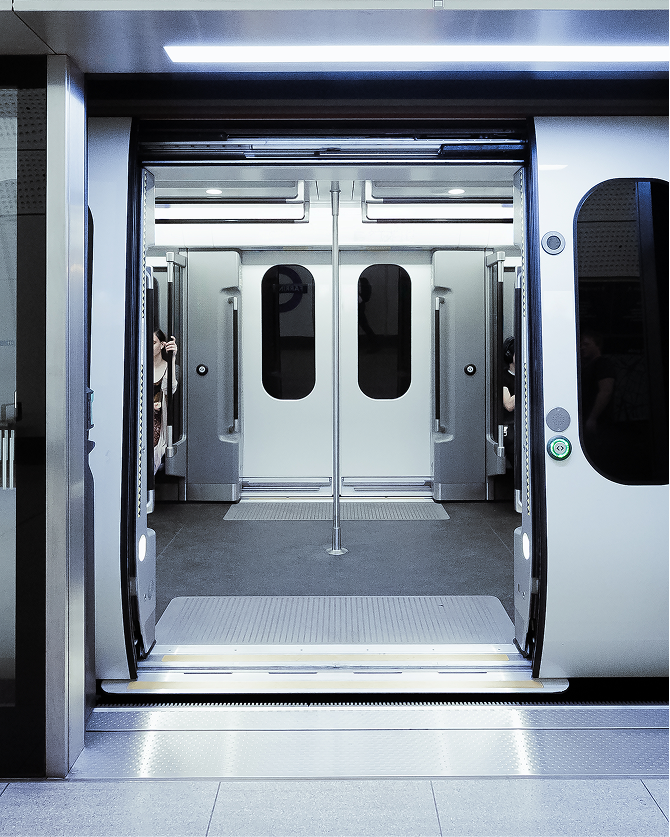
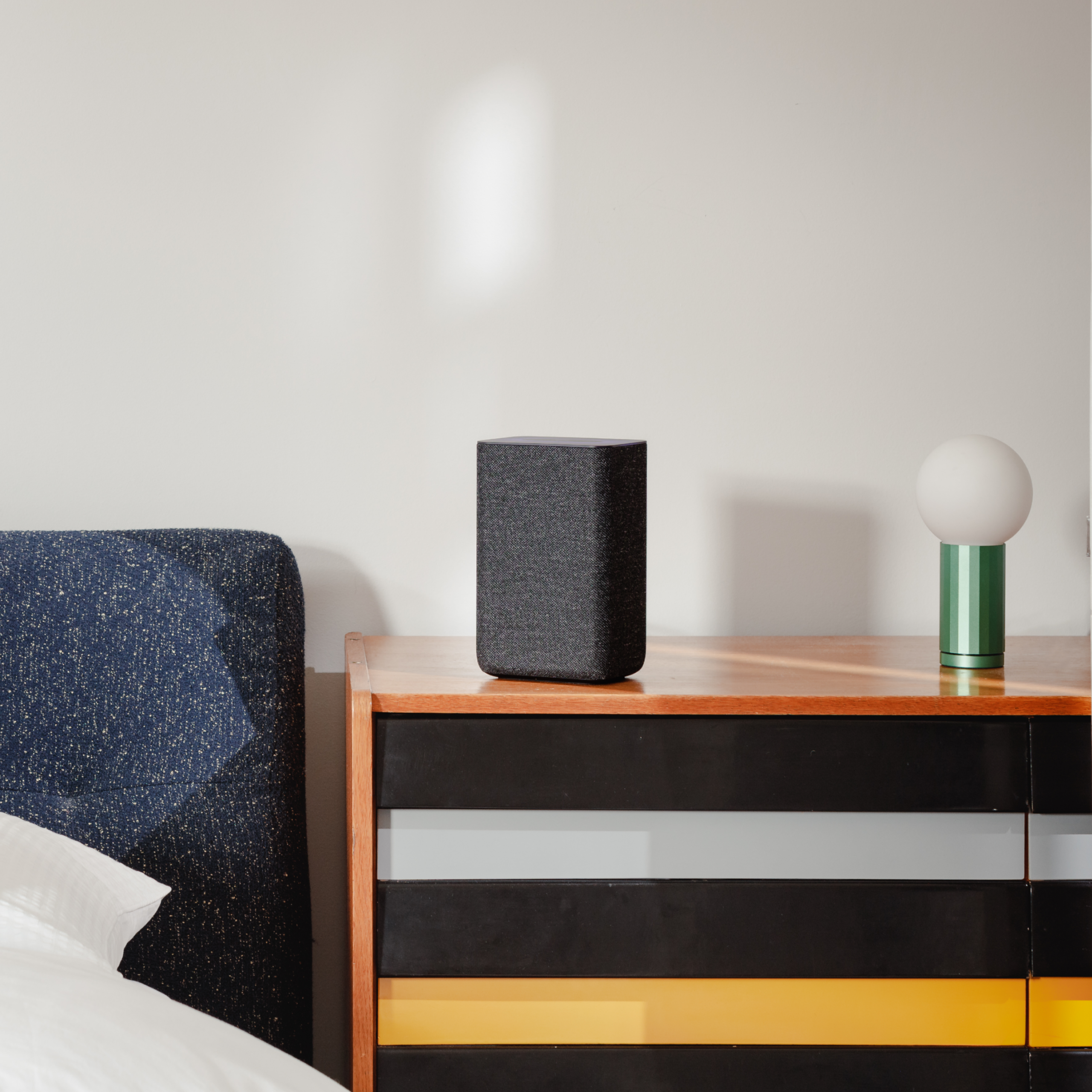
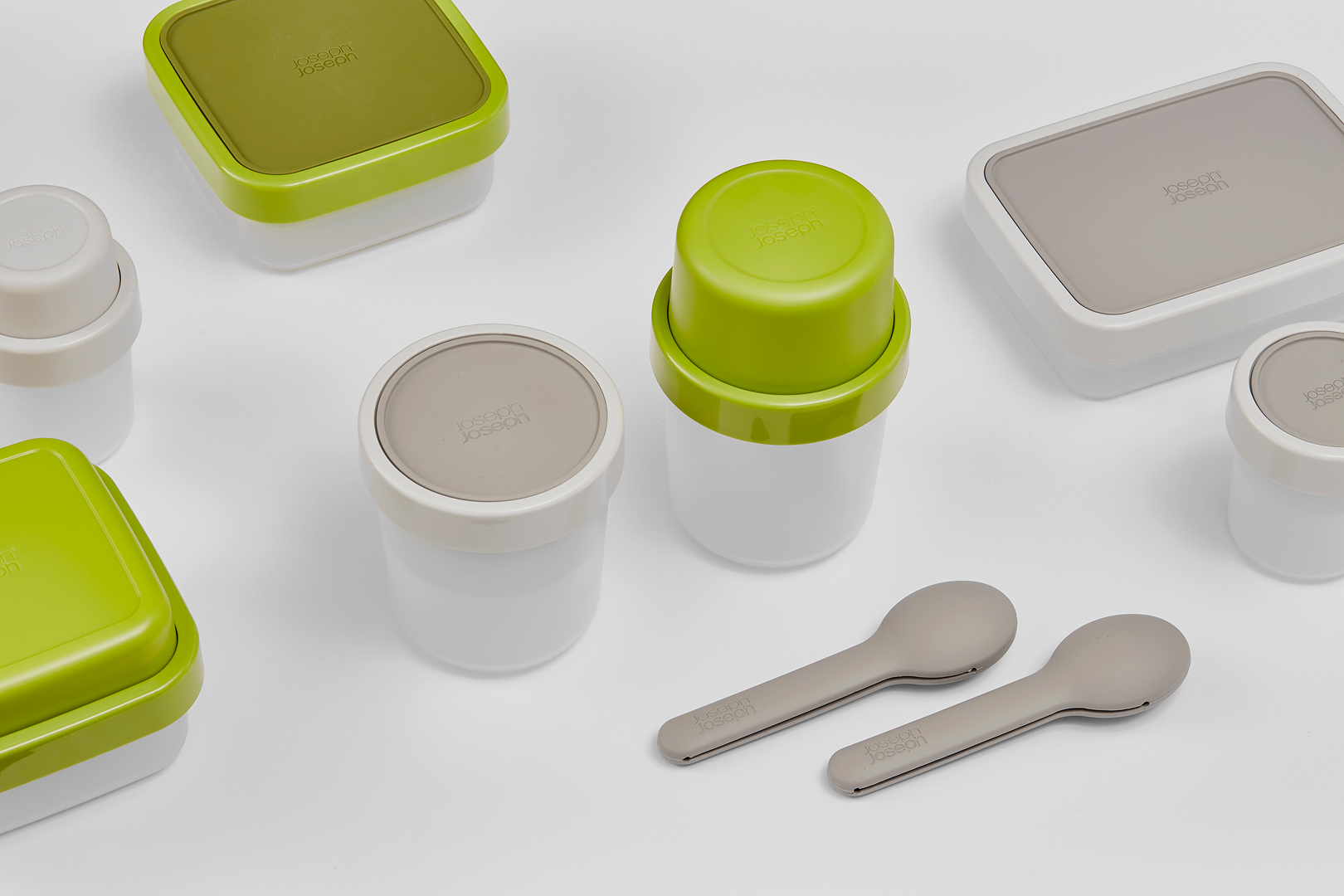
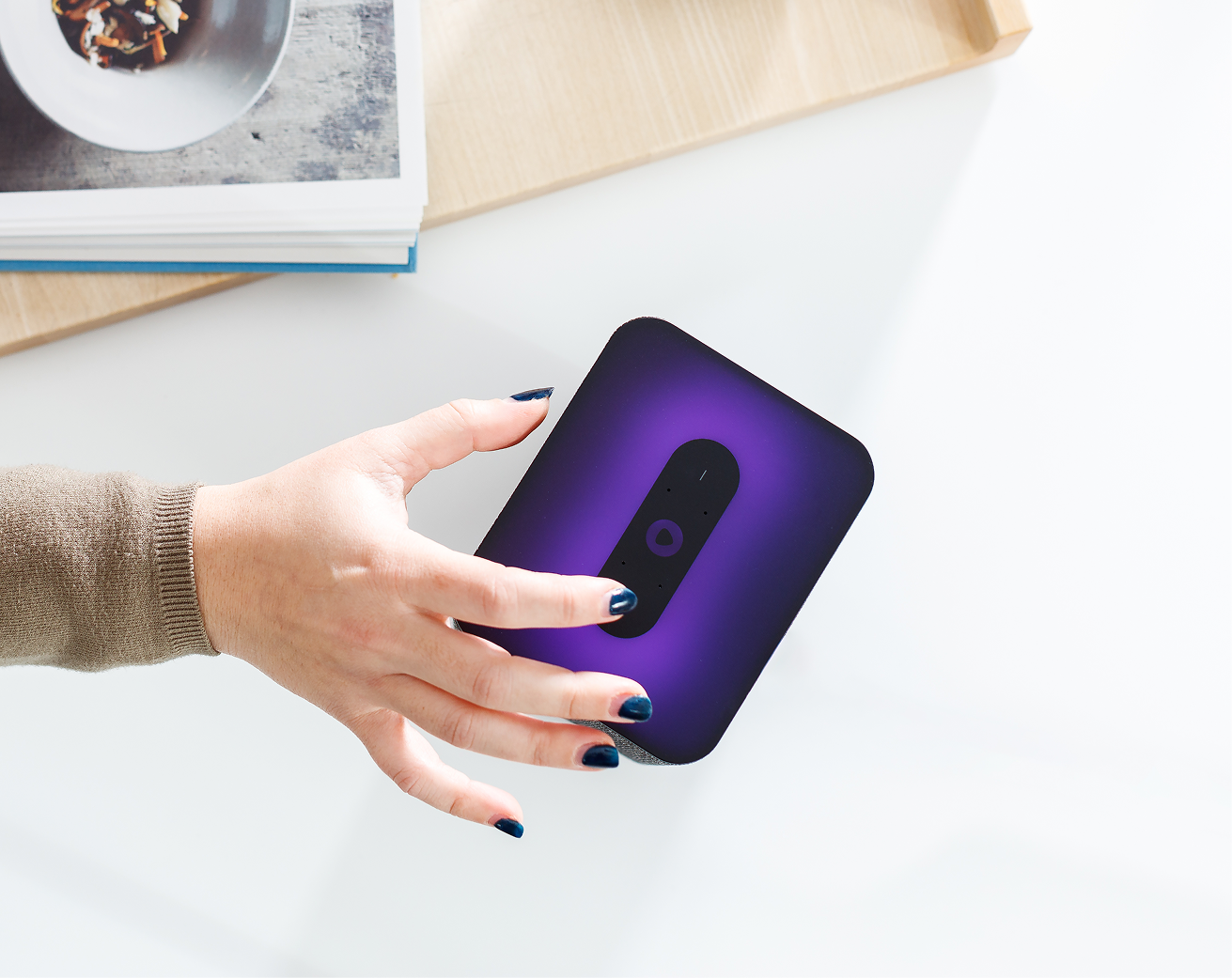
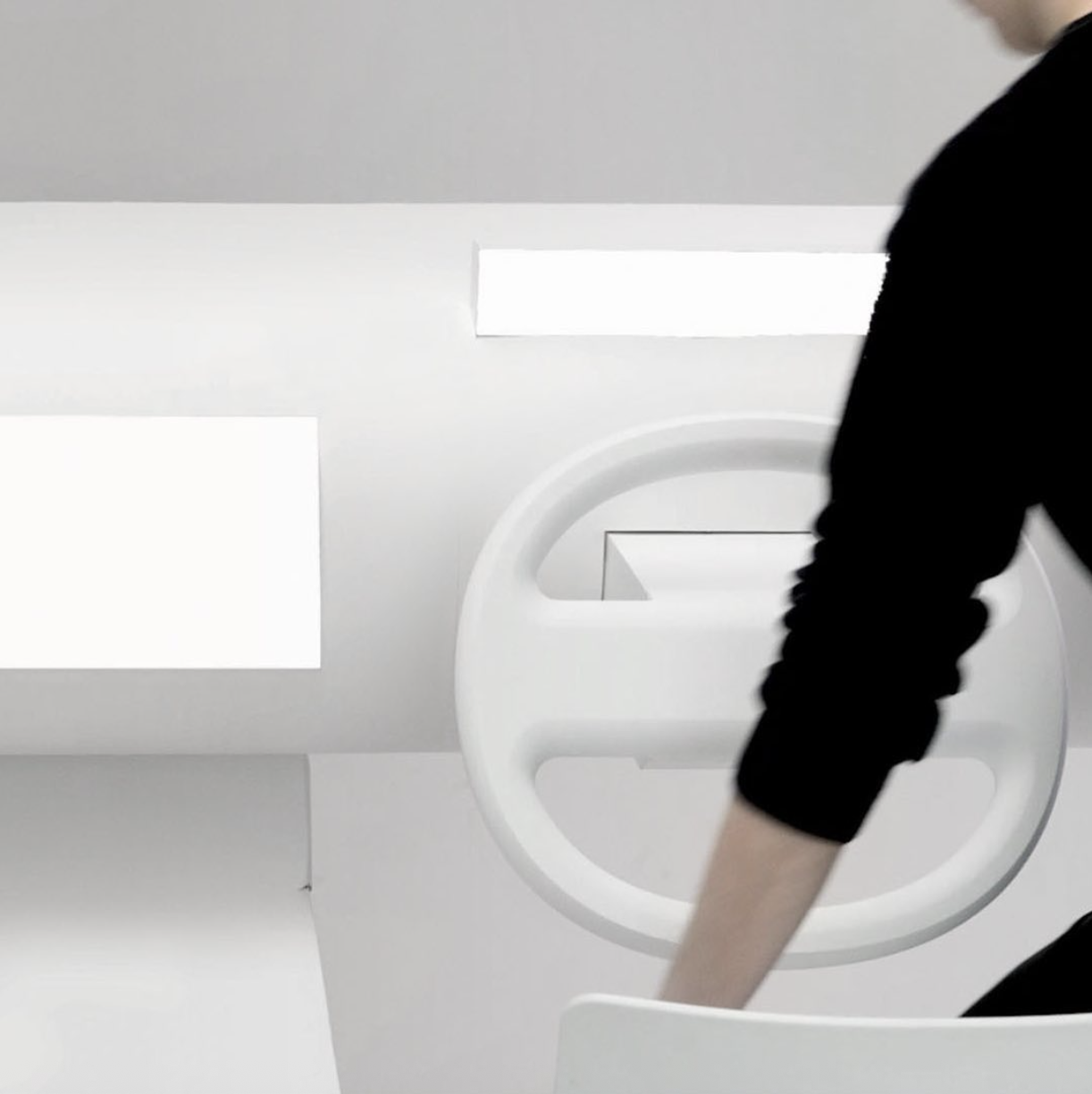


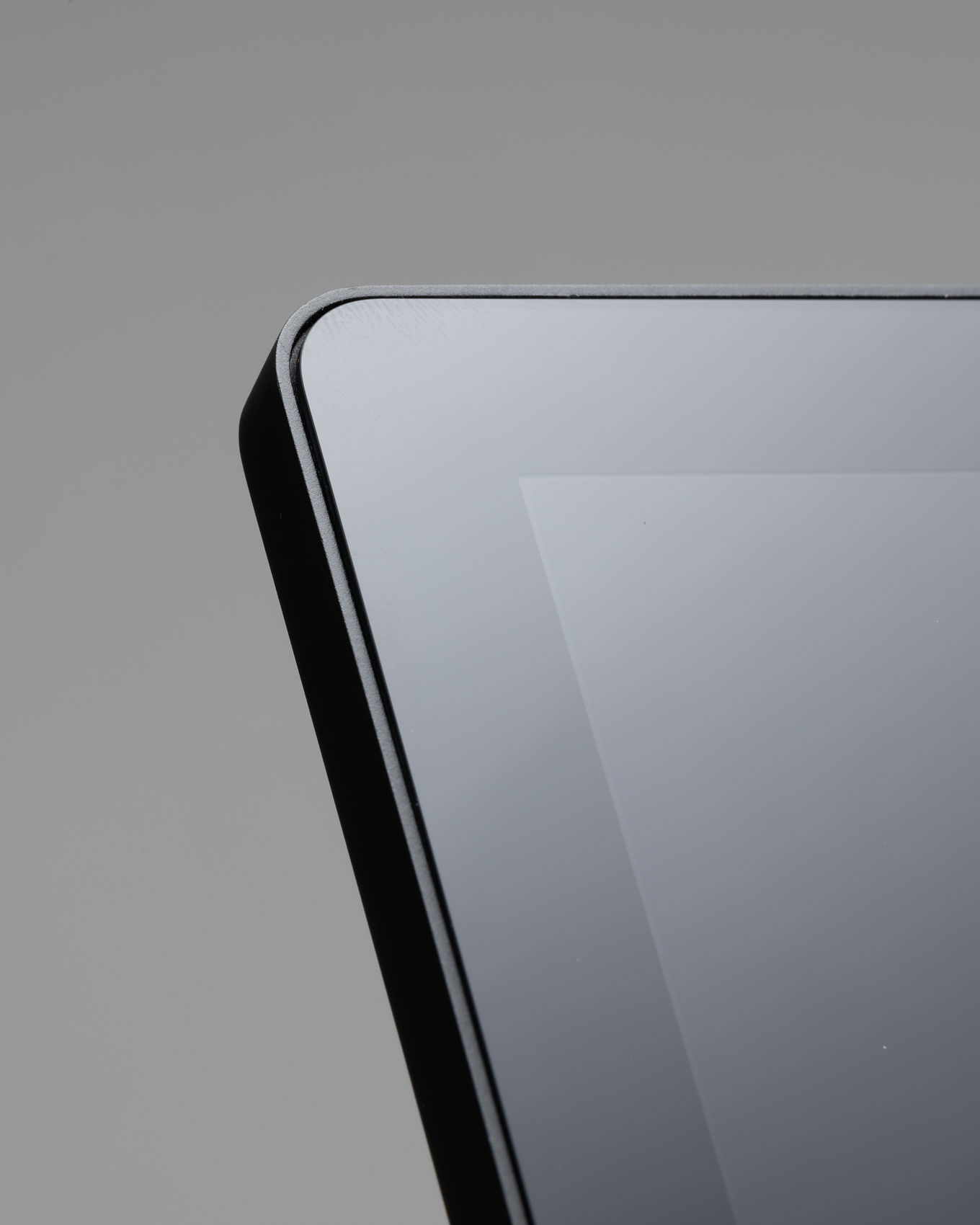
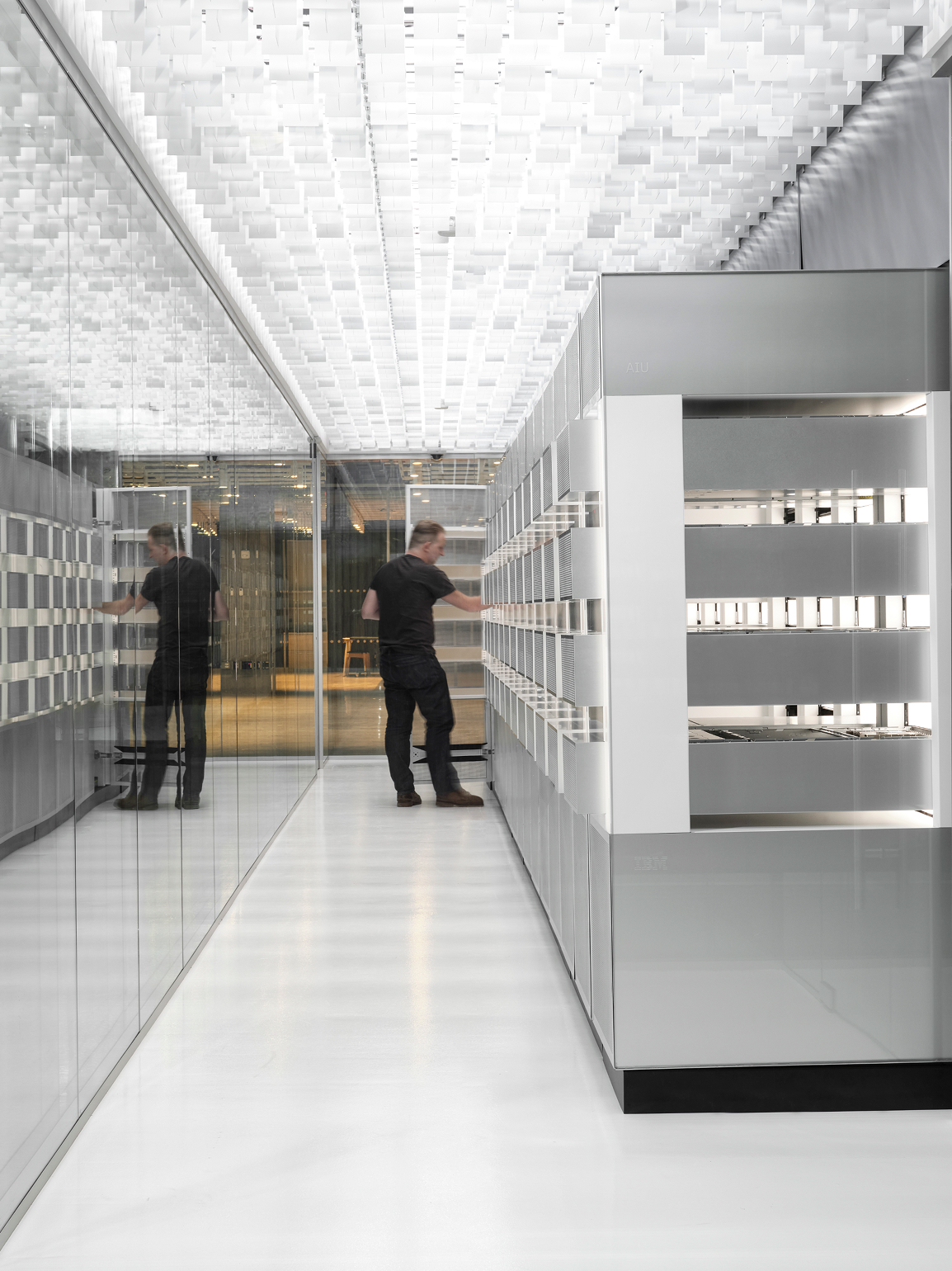
EP 1: Is “old” a dirty word in design?
The first episode of Where Next? Conversations with Map Project Office interrogates fetishisation of newness in design. Host Oli Stratford is joined by guests Richard Stevens, Mads Kogsgaard Hansen, Priya Khanchandani and Hella Jongerius as they discuss how the industry might adopt a different approach, in which products accrue in value as they age, are built around modular principles, and are designed to be easily repaired and upgraded. With society seeking to urgently reduce waste, is it time we stopped being so afraid of the “old”?

EP 2: Are Electric Vehicles a Wrong Turn
With our cities remaining dominated by private vehicles, with pedestrians squeezed out in favour of roads and infrastructure designed for cars, can the transition to electric vehicles spark more radical change in how we design urban environments? And how might we reimagine mobility in ways that prioritise people, public space, and human value?
In this episode of Where Next? Conversations with Map Project Office, host India Block is joined by Dr Destiny Thomas, Dan Hill, Emilie Robinson and Andrea Rosati to explore the future of mobility.

EP 3: Are designers done with stuff?
With a rise in digital products and services, new social and commercial models, and dynamic shifts in how we live and work, how is design responding? Studios are now being called upon to design everything from a company’s systems and workflows, through to developing strategies for clients that prioritise creativity.
In this episode of Where Next? Conversations with Map Project Office, Oli Stratford talks to Natsai Audrey Chieza (Faber Futures), Afaina de Jong (re:arc institute), Nick Rolls (Universal Design Studio) and George Garner (Map Project Office) to discuss the shifting roles of designers.

EP 4: Can design break the plastic taboo?
While our heavy reliance on plastic is an undeniable problem for the planet, is the material currently being dismissed too quickly in critical discourse? Is it time we began building a healthier, more honest relationship with the plastic resources surrounding us?
In this episode of Where Next? Conversations with Map Project Office, host Oli Stratford in conversation with Rosalie McMillan, Peter Griffith, Seetal Solanki and Richard Stevens to unpick the complexities, biases and attitudes surrounding the use of plastics. This conversation explores what might need to change for industry and consumers to reassess the value of this material, and in turn, use it more carefully.

EP 5: Should we make friends with tech?
While many examples of ambient technology are austere, the introduction of more playful physical forms,and emotional software suggests routes that might help establish these devices in our everyday lives. Can making friends with tech products give them more longevity? What are the ethical complexities around privacy and trust that designers should consider?
In this episode of Where Next? Conversations with Map Project Office, host Oli Stratford joins Laura Lebeau, Soomi Park, Zoe Schladow, and Bas van de Poel to ask how technology can or should be more sensitively embedded into people’s homes.

EP 6: Can e-vehicles help the car turn onto a new road?
What does mobility mean in the 21st century? With a rising interest in how we spend our time in cars, does the car itself need to be redesigned?
In this episode of Where Next? Conversations with Map Project Office, host Oli Stratford is joined by designers Will Verity, Dr. Jiayu Wu, Andy Wheel and Liam Young to discuss how autonomous and electric vehicles are softening the barriers between private cars and leisure spaces.

EP 7: Has “creativity” been commoditised?
“Creativity” has become a buzzword – a tagline that brands and individuals deploy to describe how they approach business. But what do we truly mean when we use this word so freely? And what role can designers play within a business climate that already professes to be “creative”?
In this episode of Where Next? Conversations with Map Project Office, host Stratford is joined by Mitzi Okou, Jay Osgerby, Andu Masebo and Oskar Smolokowski to discuss how our understanding of creativity is shifting.

EP 8: What should a product sound like?
Sound design is well established across music, film and media, although the field’s importance to product design and architecture has historically been overlooked. Given the central role that electrical devices play in our lives, how can the sounds they emit be tailored to make our everyday experiences more intuitive,and integrated.
In this episode of Where Next? Conversations with Map Project Office, host Oli Stratford is joined by Chloe Glews, Freddie Webb, Emily Candela and Joseph Zeal Henry.

EP 9: Why is a screen not an object?
Screens dominate contemporary technology and the home, but we are regularly encouraged to see them as glass voids that present a surface and nothing more. But what happens when we think of screens as objects in themselves, and how might we encourage more meaningful interactions with technology by doing so?
In this episode of Where Next? Conversations with Map Project Office, host Oli Stratford is joined by Jake Weir, Fredrik Hellberg, Lara Lesmes, Rowan Williams and Rhiarna Dhaliwal to discuss the role of screens in design.

EP 10: How can we humanise AI through design?
AI technologies loom large in contemporary design discourse, but how well do we understand them and the opportunities they present? IBM has been collaborating with Map Project Office and Universal Design Studio to design both AI hardware and the physical environments it inhabits, with the aim of making the technology more transparent and approachable.
In this episode of Where Next? Conversations with Map Project Office, host Oli Stratford is joined by Maya Murad and Ryan Mellody, Emilie Robinson and Lisl du Toit to discuss the role of spatial design, the dangers and opportunities of AI, and the necessity of catering to clients with different needs.
